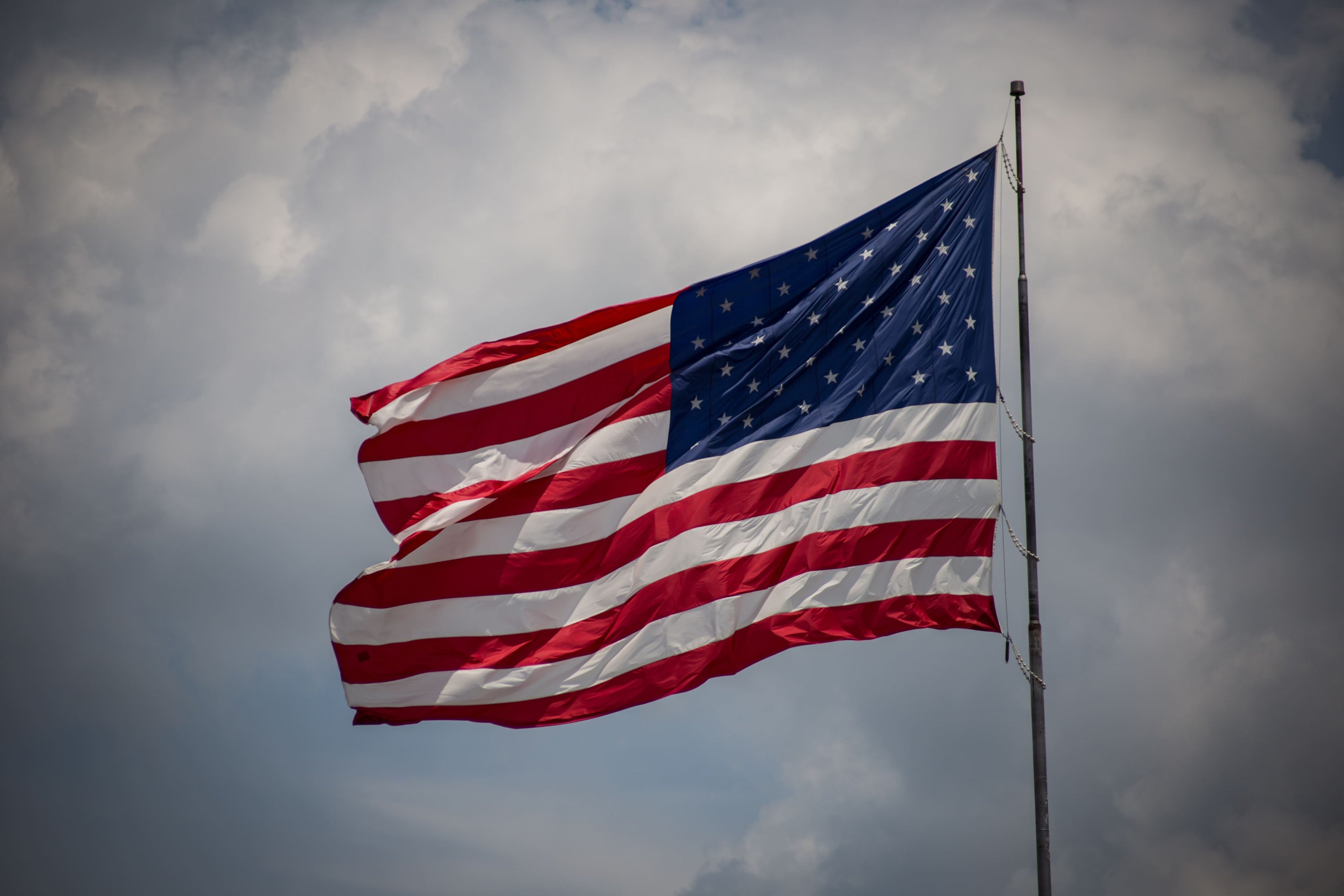The Science of Fireworks
Learn The Science of Fireworks.
Title: The Science of Fireworks: How Chemistry Creates Magic
Author: Elevated Fireworks
Tags: Fireworks Explained, Firework Science, Chemistry, Pyrotechnics
There’s more to fireworks than just sparkle and boom — behind every dazzling burst is a carefully balanced mix of chemistry, physics, and precision engineering. Whether you're watching a backyard show or a professional display, you're witnessing science in action.
Let’s break down the science of fireworks and what makes them explode in brilliant color and pattern.
💥 The Chemistry of Combustion
At the heart of every firework is combustion — a rapid chemical reaction between fuel and oxygen that produces heat, gas, light, and sound.
Core Ingredients:
- Fuel: Black powder (a mix of charcoal, potassium nitrate, and sulfur)
- Oxidizer: Provides oxygen to sustain the reaction
- Binder: Holds the mixture together
- Additives: Create effects like color, crackle, or glitter
When the fuse is lit, this mixture burns quickly — either launching the firework or igniting effects within.
🌈 How Fireworks Get Their Color
The stunning colors in fireworks come from metal salts. When burned, these elements release specific wavelengths of light.
| Color | Chemical Used |
|---|---|
| Red | Strontium compounds |
| Green | Barium compounds |
| Blue | Copper compounds |
| Yellow | Sodium compounds |
| White/Silver | Aluminum or magnesium |
| Gold | Iron or charcoal |
💡 Fun Fact: Blue is the hardest color to create in fireworks—it requires precise temperature control and specific copper compounds.
🎆 Firework Structure and Effects
Most aerial fireworks are built with a shell containing stars (tiny chemical pellets), a bursting charge, and a fuse system.
When launched:
-
Lift charge ignites, propelling the firework into the sky
-
Time-delay fuse burns during the ascent
-
At the peak, the bursting charge explodes
-
Stars ignite and fly outward in beautiful patterns
Effects are shaped by:
- Star arrangement in the shell
- Composition of the stars
- Timing of internal fuses
That’s how fireworks form rings, peonies, willows, and even smiley faces!
🔊 What About the Sound?
Sound effects like booms, crackles, and whistles are created by:
- Aluminum or titanium flakes for loud bursts
- Layered bursts for rapid crackling
- Tube designs for whistling airflow
🔬 Precision Engineering
Modern fireworks are created in highly controlled environments, ensuring safety, timing accuracy, and consistent results. Technicians use computerized choreography to design large displays — syncing bursts with music and even GPS for major events.
🧨 Science That Sparks Joy
The next time you watch a firework show, remember: you’re seeing science at its most spectacular. Every color, crackle, and explosion is powered by chemistry, physics, and a whole lot of creativity.
Looking for fireworks that balance science and spectacle?
Shop Elevated Fireworks for high-performance products engineered to amaze.

